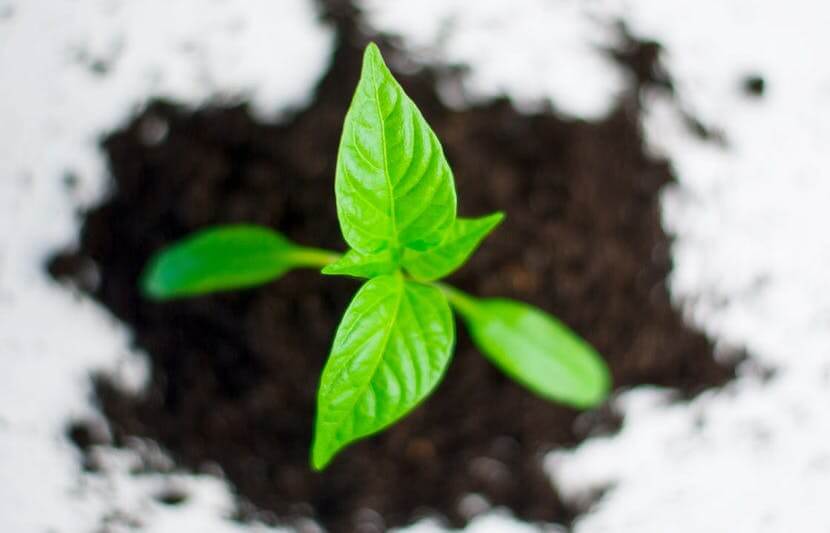The early blooming of crops, which is primarily accredited to climate change, has caused years of headaches for farmers and gardeners. But new research from Columbia University finds that declining biodiversity may play an equal role in the timing of plants flowering.
These recent findings demonstrate how biodiversity affects entire ecosystems, and could change the way scientists measure climate change.
The University Network (TUN) spoke with Amelia Wolf, the lead author of the study and postdoc in the department of ecology, evolution and environmental biology at Columbia University, to gain insight on the study.
“We know that changing air temperature, precipitation patterns, and resource availability can change the timing of flowering,” said Wolf. “We also know that losing diversity from an ecosystem can affect many of those same things but at a much smaller spatial scale – things like soil temperature, soil moisture, and nutrient availability. We wanted to know if changing the plant community via diversity loss could affect the timing of flowering in the same way that changing temperature and precipitation does.”
The researchers proved their hypothesis to be true.
“Losing species from a system can shift the timing of biological events as much as climate change can,” Wolf said in a statement. “This new paper is the first to demonstrate that, in addition to the impact of global warming, we need to be concerned about the ways that species losses are affecting the timing of biological events.”
Impact of Biodiversity in an Ecosystem
Diversity is imperative to our ecosystems, and the timing of plants flowering is critical to keeping ecosystems diverse. “Plants flower to reproduce – to create seeds to produce the next generation,” Wolf said in a statement. “A lot of plants rely on insects or birds or some other pollinator to help with this process. For such plants, changes in flowering time could be a really big problem. If a plant flowers before its pollinators are active, the plant species can’t reproduce or may produce fewer seeds. If there are insects, birds, humans, or other animals that are dependent on those plant species, they could be influenced, as well. Plants and the communities in which they grow are interconnected and critically dependent on each other.”
Ecosystems with more diversity are more enduring, and function at a higher rate. “They generally have higher productivity, resist invasion better, and use available resources more fully,” Wolf explained to TUN. “They also are generally more stable through time – so they can weather swings in climate more evenly than ecosystems with lower diversity.”
The Study
In 2007, Wolf and her team created a grass plot in California with 16 different plant species. In an attempt to mimic the human impact on ecosystems, the researchers then removed plants from the plot to determine what effect it would have on the artificial ecosystem. As the plants were removed, researchers noticed rising ground temperatures, changes in the soil, and changes in flower timing. All of these distortions are reminiscent of those occurring due to climate change.
Researchers concluded that a lack of diversity is contributing to phenological changes, which were previously blamed nearly entirely on climate change. “This is not just about when your tulips will reach full bloom,” Wolf said in a statement.
Biodiversity loss and the impact it has on plant phenology can impact an entire ecosystem.
Fighting the Decline in Biodiversity
There are a multitude of factors amounting to diversity loss. Wolf named changes in precipitation or temperature, habitat loss, hunting and harvesting by people, and species invasions as the leading causes, but there are many more.
“If you are interested in saving the most species in general, there are several ideas on how best to do that,” Wolf explained to TUN. “One, for instance, is to preserve as much natural area as possible. Another is to focus on specific biodiversity “hotspots” around the world. Another is to identify species that are particularly important for specific ecosystems and focus on preserving those, with the idea that preserving those important species will help preserve other species in that ecosystem.”



